Copyediting and proofreading are both important stages in the editing process, but they serve slightly different purposes and involve different levels of scrutiny:
Copyediting:
- Copyediting is a more comprehensive process than proofreading. It involves reviewing written material for errors in grammar, punctuation, spelling, syntax, and style, as well as addressing issues related to clarity, coherence, and overall readability.
- Copyeditors may also focus on improving sentence structure, eliminating redundancies, correcting inconsistencies, and ensuring that the text adheres to a specific style guide or editorial standards.
- In addition to technical corrections, copyediting may involve some level of rewriting or rephrasing to enhance the flow and effectiveness of the writing. Copyeditors may also flag factual inaccuracies or suggest revisions to improve the accuracy of the content.
Proofreading:
- Proofreading is the final stage of the editing process, focusing primarily on identifying and correcting typographical errors, spelling mistakes, punctuation errors, and formatting inconsistencies.
- Proofreaders carefully examine the text for any lingering errors that may have been missed during earlier stages of editing or revisions.
- Unlike copyediting, proofreading does not typically involve making substantial changes to the content or structure of the text. Instead, it is more concerned with ensuring the accuracy and correctness of the final draft before it is published or distributed.
In summary, while both copyediting and proofreading involve reviewing written material for errors and improvements, copyediting is a more in-depth process that addresses issues related to style, structure, and overall quality, while proofreading focuses primarily on correcting technical errors and ensuring the accuracy of the final draft.



Leave a Reply